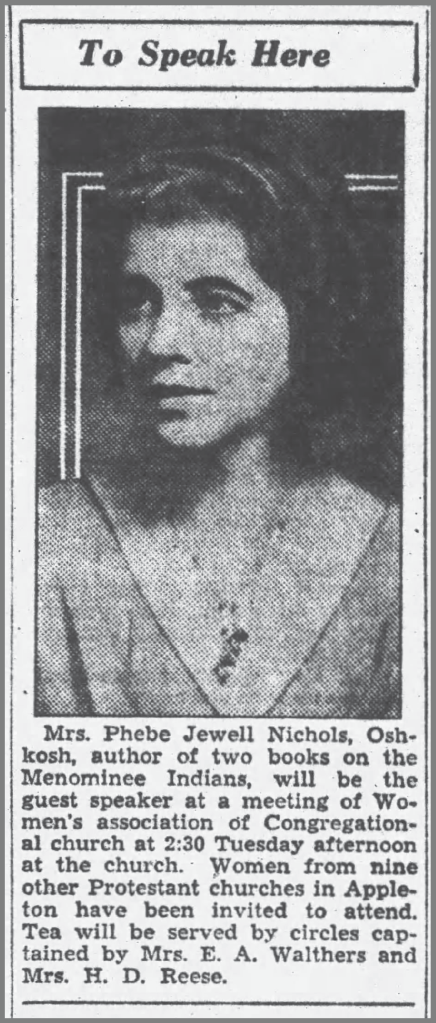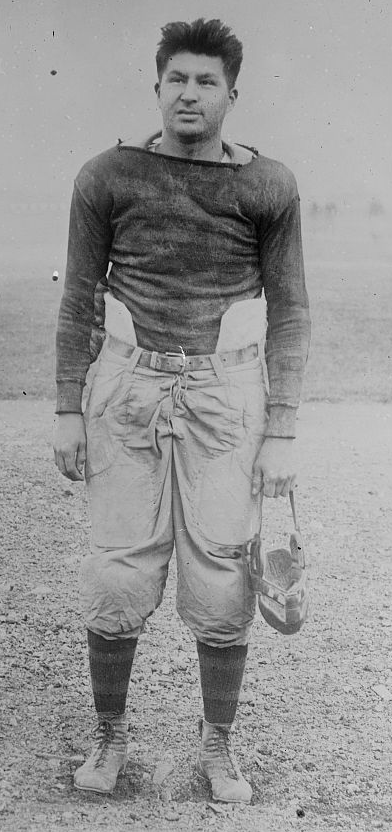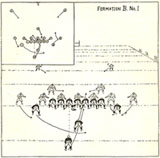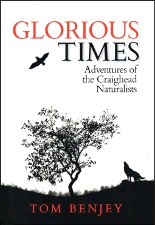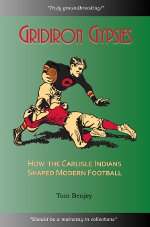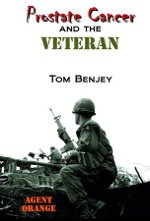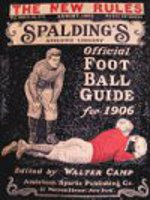Phebe Jewell Nichols, who had studied the Menominee extensively and had authored novels on them, taught social science at Oshkosh High School. She was also the chairman of the Indian affairs committee for the Wisconsin League of Women Voters. That fall Gus organized a Keshena football team while she remained active with the League of Women Voters. In 1935 she gave a costumed recital to open the program of the 23rd Annual Convention of the International Lyceum Association in Lakeside on Lake Erie in Ohio. She also gave readings in several cities. The American Poetry Magazine devoted its first autumn issue entirely to her works.
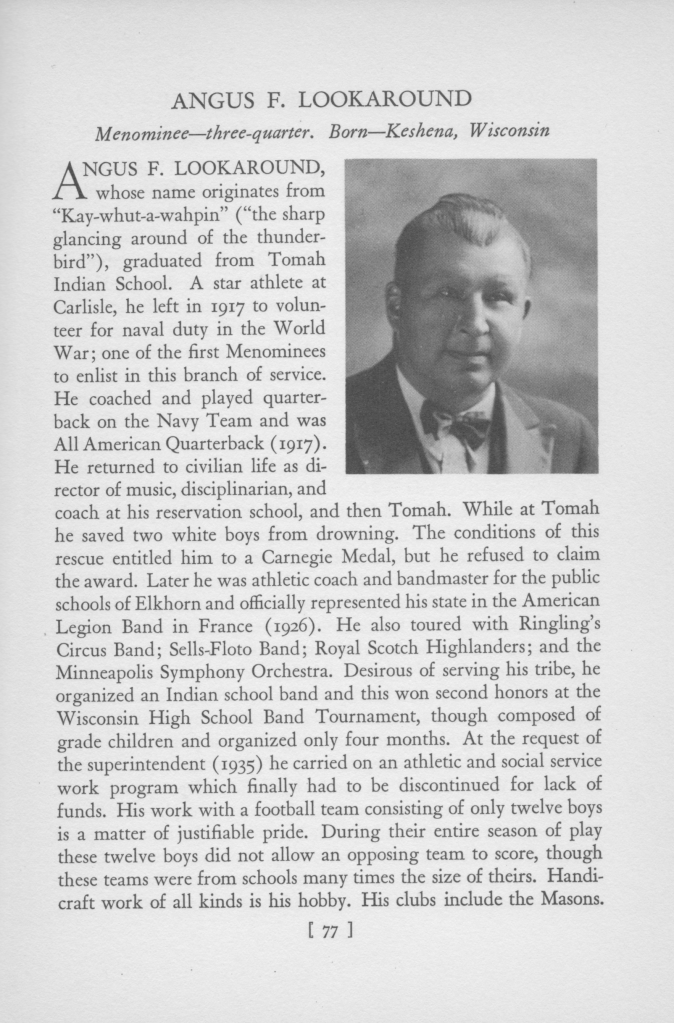
The 1936 edition of Indians of Today included a biography of Angus Franklin Lookaround. It stated that Gus had toured with Ringling’s Circus Band, Sells-Floto Band, and the Royal Scotch Highlanders. A 1938 anthology, Poetry Out of Wisconsin, included two of Phebe’s works, “Indian Pipe” and “Menominee Lullaby.” A month later, she released a booklet titled “Tales from an Indian Lodge,” which contained background information on the tribe and essays on the philosophy and lives of its people. In March, Angus and Phebe provided the entertainment for a special meeting of the PTA. He told Indian stories “never told to the public before” and she presented her monodrama, Something of the Indian Heart. On December 1, she began writing a weekly column for The Green Bay Press-Gazette on Indian affairs. The Appleton Post-Crescent picked up her column the next month, followed by The Sheboygan Press in September. In her February talk to the AAUW in Green Bay, she stated that prejudice was the greatest obstacle in the way of satisfactory adjustment for American Indians.
In April 1939, Angus and three other men circulated a petition to the Bureau of Indian Affairs for L. W. Kemnitz be named manager of Menominee Indian Mills, a million-dollar enterprise. The Menominee believed they should be granted the right to hire their own manager. Both shifts of employees at the mill had already signed the petition. Phebe gave a talk titled “The Mother of Today” to several organizations that winter and spring. In December, The Oshkosh Daily Northwestern picked up a series of Phebe’s articles on American Indian Lore.
<end of part 5>
